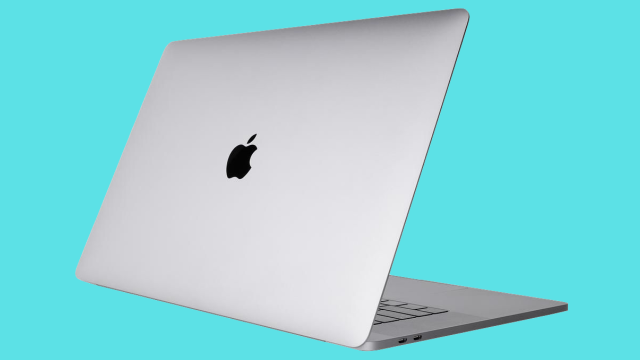Have too many passwords and constantly need to reset them each time you want to log in? Well, you’re not alone, and thankfully many services allow you to have a code sent to your phone and BAM, new password is entered and you’re golden. But as I found out the hard way, accessing your Mac when you’ve forgotten your password is not so simple.
I got my hands on a new MacBook Pro in October. Since I set it up, I’ve been using the fingerprint reader to log on, which is great and absolutely an innovation I’m here for.
But, over the holiday period, I didn’t open it once and my battery obviously died. After a full charge, I was required to enter a password for my Mac. The problem is, it wasn’t one of my usual eight passwords I rotate for different things.
Each time I entered the wrong password, I was locked out for a couple of minutes, then half an hour and my last attempt, it was an entire 60 minutes of torture.
So how do you access your Mac when you’ve forgotten your password?
Firstly, make sure your Mac is co connected to the internet and using macOS Catalina or later (if you’re using an earlier macOS, Apple has some instructions over here for you to follow).
Let’s begin.
Choose how you want to reset your Mac password
To see the options of how to reset your Mac password, click the question mark next to the password field in the login window.
If you can’t see a question mark, enter any password three times (yep, this isn’t a joke, I promise). There’s four options below, and sometimes you don’t get the benefit of choosing which one you can use, so it’s a little bit of trial and error. But here they are.
Option 1: reset using Apple ID
- Click the option to reset using your Apple ID. If your Mac restarts, skip to the next section, but if your Mac doesn’t restart, rather it immediately asks for your Apple ID credentials, enter that information and click Reset Password.
- If you’re asked to create a new keychain to store passwords, click OK to restart your Mac.
- If you’re asked to select an admin user you know the password for (ie, it’s you), click Forgotten all passwords?.
- If you see a Reset Password window with the option to Deactivate Mac, click Deactivate Mac, then click Deactivate to confirm.
- Enter your new password information, then hit Next. (If this window shows multiple user accounts, click the Set Password button next to each account name, then enter the new password information for each account.)
- When that’s done, hit Restart.
Option 2: if you see the option to restart Mac and show password options
- OK, click the option to Restart and show password reset options, then wait for your Mac to restart.
- You’ll then be asked to take one of these steps:
- Sign in with your Apple ID. You may also be asked to enter the verification code sent to your other devices.
- Enter your FileVault recovery key. We go into this in Option 3
- Select a user that you want to reset the password for, then click Next.
- Now, enter your new Mac password, then hit Next.
- When the password reset process has been completed, select Restart.
Option 3: reset using your recovery key
- If you see the option to Reset using your recovery key, select it, then enter your FileVault recovery key. You’ll have received this key when you turned on FileVault and chose to create a recovery key instead of allowing your iCloud account/Apple ID to unlock your disk.
- Enter your new password information, then click Reset Password.
Option 4: if you can’t reset your Mac login password
- You’ll need to start up from macOS Recovery. Firstly, determine whether you’re using a Mac with Apple silicon or an Intel processor, then follow either steps to start up from macOS Recovery:
- Apple silicon: Turn on your Mac and continue to press and hold the power button until you see the startup options window. Select the gear icon labelled Options, then click Continue.
- Intel processor: Turn on your Mac and immediately press and hold Command-R until you see an Apple logo or other image.
- If you’re asked to select an admin user you know the password for, select Forgotten all passwords?.
- Enter your Apple ID and password
- Click Exit to Recovery Utilities
- From the Utilities menu in the menu bar, select Terminal.
- In the Terminal window, type resetpassword, then press Return to open the Reset Password assistant.
- If you’re asked to select an admin user you know the password for, click Forgotten all passwords?.
- At the Reset Password window, click Deactivate Mac, then hit Deactivate to confirm deactivation.
- If you see an Activation Lock window, enter your Apple ID email and password and select Next.
- At the Reset Password window, enter your new password info, then click Next.
- Select the Set Password button and enter your new Mac password.
- When the password reset process has been completed, click Exit.
- Navigate to the Apple menu, then select Restart.
Now you can log in with your new password.
If none of these options work, you do have the ability to reset your password by erasing your Mac. Head on over to Apple for help with how to do that.
